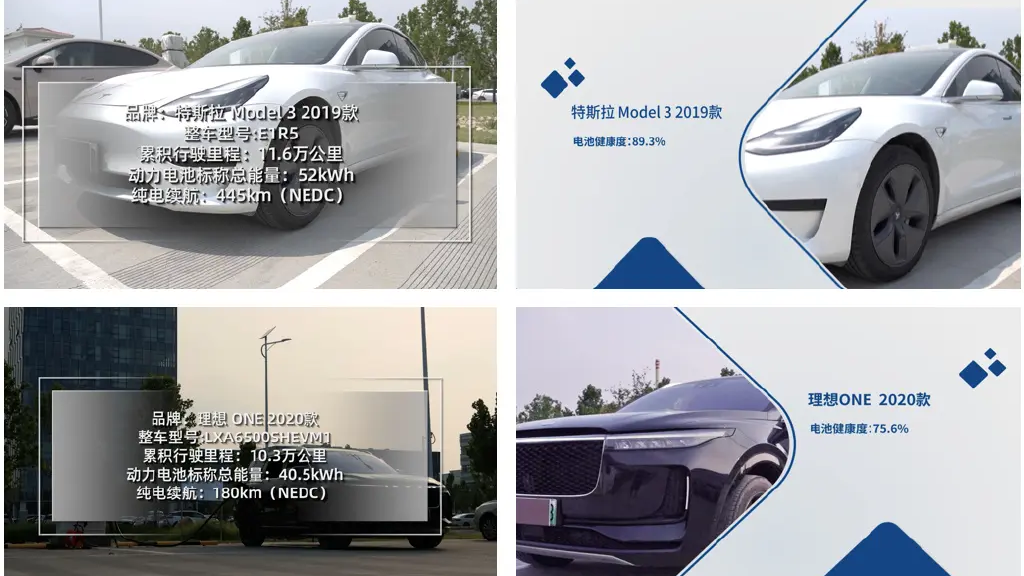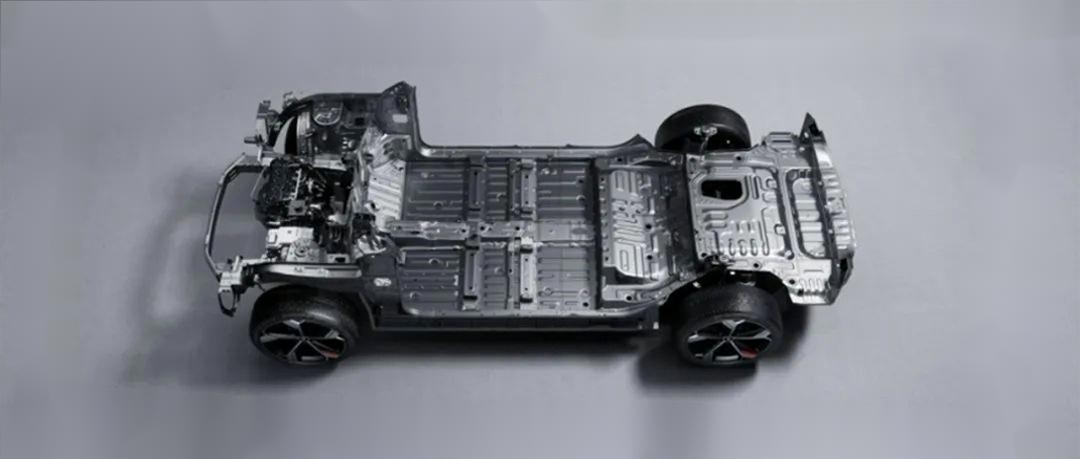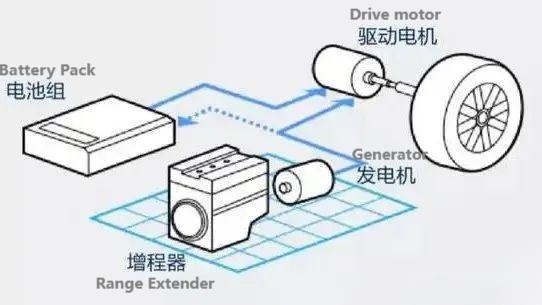As the new energy vehicle market continues to grow, battery life has always been a concern for consumers. Recently, a new energy vehicle battery health assessment test report has once again brought this issue to the forefront. The report shows that after driving 100,000 kilometers, there is a significant difference in battery health between extended-range models and pure electric models, triggering extensive discussions among the industry and consumers.
The report selected two popular models for comparison: the 2019 Tesla Model 3 and the 2020 Ideal ONE. After testing, the Model 3 battery health remained at 89.3% after driving 116,000 kilometers, which is a very good performance. After driving 103,000 kilometers, the battery health of the Ideal ONE was only 75.6%. This data is significantly lower than the Model 3 and lower than the general expectations of consumers.

The difference in battery health is not only related to the car model, but also closely related to the battery brand and daily usage conditions. As a leader in the electric vehicle industry, Tesla has always been at the forefront of battery technology, which is also an important reason for its excellent battery health performance. Although extended-range models, such as the Ideal ONE, have alleviated battery life anxiety to a certain extent, the problem of battery attenuation is more prominent.
So, why do batteries in extended-range models decay faster?
This mainly has to do with how it works. During the driving process of extended-range models, the battery needs to be charged and discharged frequently, which will undoubtedly accelerate the degradation of the battery. For pure electric models, battery health is better due to more stable battery usage.

In addition, as a chemical product, the optimal charging and discharging temperature of power batteries is required to be below 35°C. However, in actual use, it is difficult to ensure that the battery is always within this ideal temperature range. Especially during fast charging, drastic changes in temperature will cause irreversible damage to the chemical elements of the battery core, further accelerating the degradation of the battery.
Faced with battery life issues, consumers often feel helpless and anxious. On the one hand, the battery warranty period is generally short, which is far less than the designed service life of the car; on the other hand, the cost of battery repair or replacement is high, often hundreds of thousands, which discourages many consumers. Therefore, how to achieve the "same life span of vehicles and electricity" has become an urgent problem to be solved in the new energy automobile industry.

Currently, a variety of solutions are being explored within the industry. Extend the battery warranty period to protect consumers' rights and interests as long as possible; increase investment in research and development, accelerate the research and development process of long-life batteries through technical means; and try to separate the vehicle and electricity paths to provide consumers with another choice. However, these solutions are still in their infancy, and there is still a long way to go before truly achieving "same life span for vehicles and electricity".
The battery life issue of new energy vehicles is a complex and thorny issue. Although extended-range models alleviate battery life anxiety to a certain extent, they do not perform well in terms of battery health. There is still a long way to go to truly realize the "same life span of vehicles and electricity".
Next:Ternary or LFP? A Guide to Choosing the Right EV Battery
Previous:Are LiFePO4 Batteries Safe for Home Backup ?
Contact Person: Miss. Elsa Liu
| WhatsApp : | +8617763274209 |
|---|---|
| Skype : | +8617763274209 |
| WeChat : | 17763274209 |
| Email : | Elsa@lifepo4-battery.com |